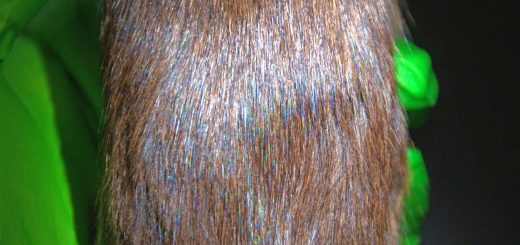Exposing C-section babies to vaginal fluid boosts their development
Transferring a mother’s vaginal fluid to a baby born by Caesarean section was linked to their development being more advanced at 6 months
By Soumya Sagar
15 June 2023
Rubbing newborns delivered via C-section with a gauze placed in their mothers’ vaginas may improve their development
Antonio Hugo/Getty Images
Transferring vaginal bacteria to newborns delivered via Caesarean section appears to benefit their early development. This is based on the results of a small study, however, and on mothers reporting their child’s milestones. Further research is therefore required before this practice can be recommended.
Among babies born vaginally, their early gut microbiome tends to be rich in bacteria from their mothers’ vaginas, while that of those born via C-section is often dominated by bacteria from their mothers’ skin, the environment and possibly breast milk.
So-called vaginal seeding, exposing newborns delivered via C-section to their mothers’ vaginal fluid, has been linked to these newborns developing a similar gut microbiome to those born vaginally. However, the safety of the practice and whether it has any positive effect is unclear.
Advertisement
To learn more, Jose Clemente at the Icahn School of Medicine at Mount Sinai in New York and his colleagues looked at 68 pregnant women who were scheduled to have a C-section. Two hours before the procedure, a folded sterile gauze moistened with saline was inserted into the women’s vaginas until around 30 minutes before the surgery.
After the babies were born, 32 had the gauze rubbed on their face, chest, limbs, genitals, anus and back, while 36 infants were rubbed in those areas with a gauze soaked in saline. The researchers also looked at 33 pregnant women who delivered their babies vaginally, with these infants not being rubbed with any gauze.
All the mothers completed a questionnaire that gauged their child’s neurodevelopment – assessed by their ability to make simple sounds and crawl, for example – at 3 and 6 months. Faecal samples were also collected several times up to 6 weeks of age.


